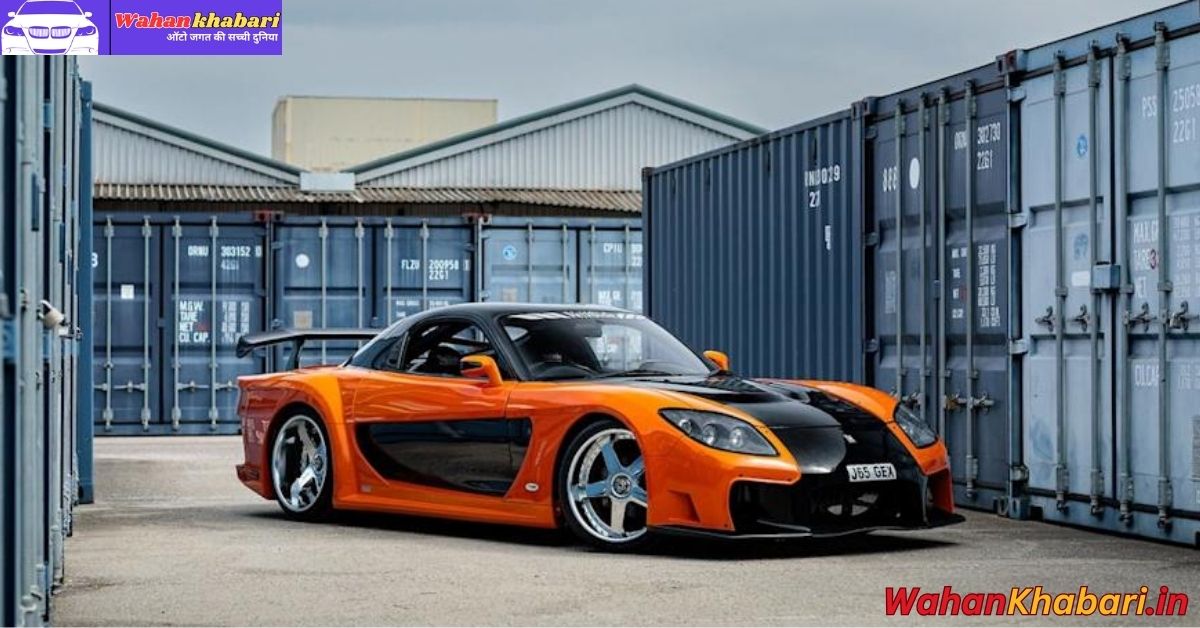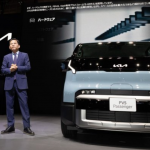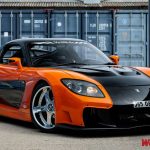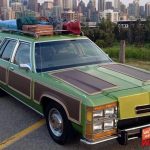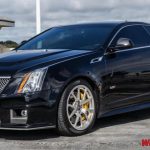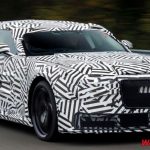In the world of automotive cinema, few cars have etched themselves into pop culture quite like the 1997 Mazda RX-7 VeilSide Fortune, famously driven by Han Lue in The Fast and the Furious: Tokyo Drift. On August 18th, 2025, this iconic drift machine roared back into the spotlight — this time not on screen, but at an elite auction where it fetched a jaw-dropping $1.2 million. This sale not only shattered expectations but also cemented the RX-7’s status as one of the most desirable movie cars of the 21st century.
A Star Is Reborn
Tokyo Drift was the third installment in the Fast & Furious franchise, released in 2006. While it initially received mixed reviews, it has since gained cult status, in large part due to its focus on underground drift racing and the vibrant Japanese car scene. And at the heart of that neon-lit narrative was Han’s sleek, black-and-orange RX-7 — a car as enigmatic as the character himself.
Unlike the typical tuner cars of the time, Han’s RX-7 stood out with its aggressive widebody kit, courtesy of VeilSide, a high-end Japanese tuning company. The “Fortune” kit transformed the RX-7 from a nimble JDM coupe into a cinematic beast with exotic supercar flair. Under the hood, the car maintained its signature rotary engine — the 13B twin-rotor — revered by enthusiasts for its high-revving character and unique sound.
What Makes This RX-7 So Special?
The $1.2 million price tag may seem steep, especially for a car originally priced under $30,000. But this isn’t just any RX-7. This is the screen-used car — the hero vehicle driven by actor Sung Kang in multiple key scenes throughout Tokyo Drift. Unlike many movie cars that are modified just for show or destroyed in stunt scenes, this particular RX-7 was fully functional and featured legitimate performance upgrades.
It also remains in pristine condition, thanks to years of careful preservation. According to the auction house, the vehicle still sports its original VeilSide Fortune body kit, custom paintwork, and interior touches that made it a standout on screen. Under the hood, it boasts a heavily modified rotary engine, aftermarket suspension, and performance brakes, making it just as capable on the track as it is on display.
Its provenance also plays a huge role in its valuation. With the Fast & Furious franchise now one of the most successful film series in history, vehicles associated with it have become highly collectible. This RX-7 has appeared not only in the original Tokyo Drift film but also in later franchise installments via flashbacks and tributes, further solidifying its status as a central piece of the Fast universe.
The Culture Behind the Drift
Beyond its Hollywood fame, the RX-7 represents something deeper: the global appeal of drift culture. In Japan, the Mazda RX-7 was long considered a favorite among street racers due to its perfect 50/50 weight distribution, rear-wheel-drive layout, and rotary engine’s responsiveness. Tokyo Drift introduced millions of Western viewers to this subculture, igniting interest in JDM cars, touge racing, and the art of controlled oversteer.
Han’s RX-7 was more than just a car in the film — it was an extension of his character. Calm, calculated, and effortlessly cool, Han didn’t need flash to make an impression. The RX-7 mirrored that energy. It wasn’t the fastest car in the film, but it was the most memorable.
A Growing Trend in Movie Car Auctions
This RX-7’s sale is part of a larger trend of screen-used vehicles fetching big numbers at auction. In the past few years, we’ve seen Vin Diesel’s Dodge Charger, Paul Walker’s Supra, and even the Back to the Future DeLorean sell for astronomical sums. Collectors aren’t just buying cars — they’re buying a piece of cinematic history.
What makes Han’s RX-7 particularly special is its emotional resonance. Fans associate it with one of the franchise’s most beloved characters, whose unexpected “death” in Tokyo Drift was later reversed due to overwhelming fan demand. That connection, combined with the car’s unmistakable silhouette and cultural relevance, made it a perfect storm for collectors.
Conclusion: A Legend Lives On
The $1.2 million auction result for the Tokyo Drift Mazda RX-7 is more than just a number — it’s a testament to how deeply car culture and cinema can intersect. This sale proves that automotive icons aren’t always the most powerful or the most expensive machines — sometimes, they’re the ones that capture our imagination at just the right moment in time.

Hello, my name is Muskan Kumari and I am an experienced Digital Marketer. I have been blogging for the last 3 years and I have special interest in SEO. Here I give you easy bikes and writes easy-to-understand reviews and news about the latest bikes, helping readers choose the best options.. My aim is to always provide you with accurate, new and useful information.
